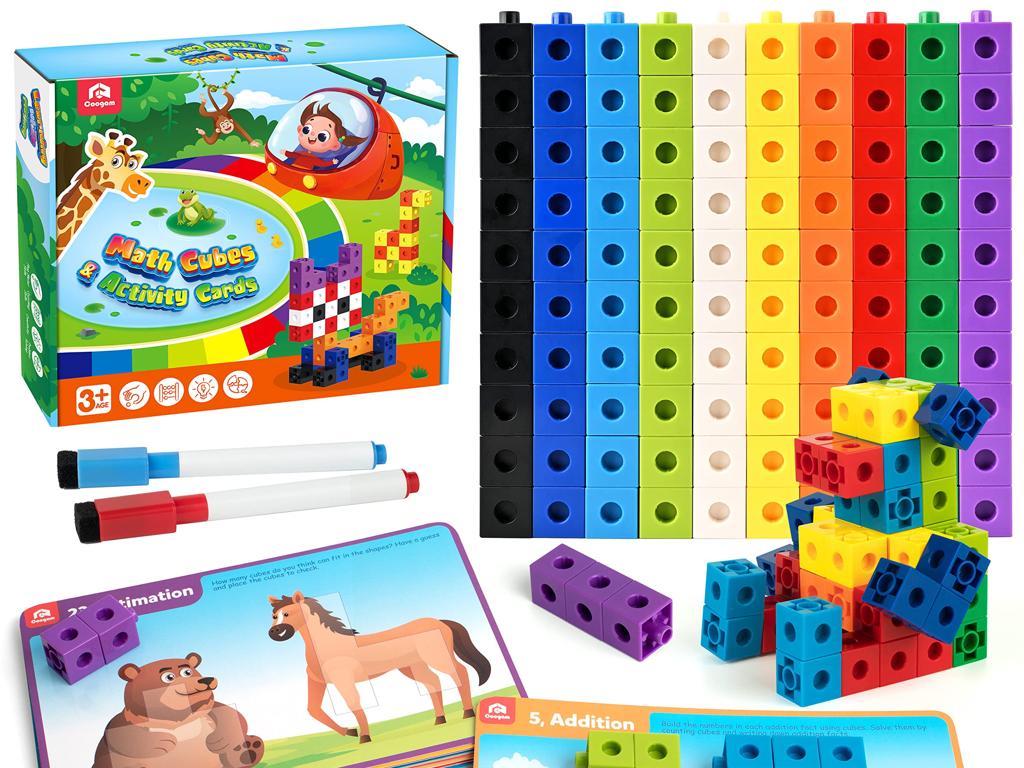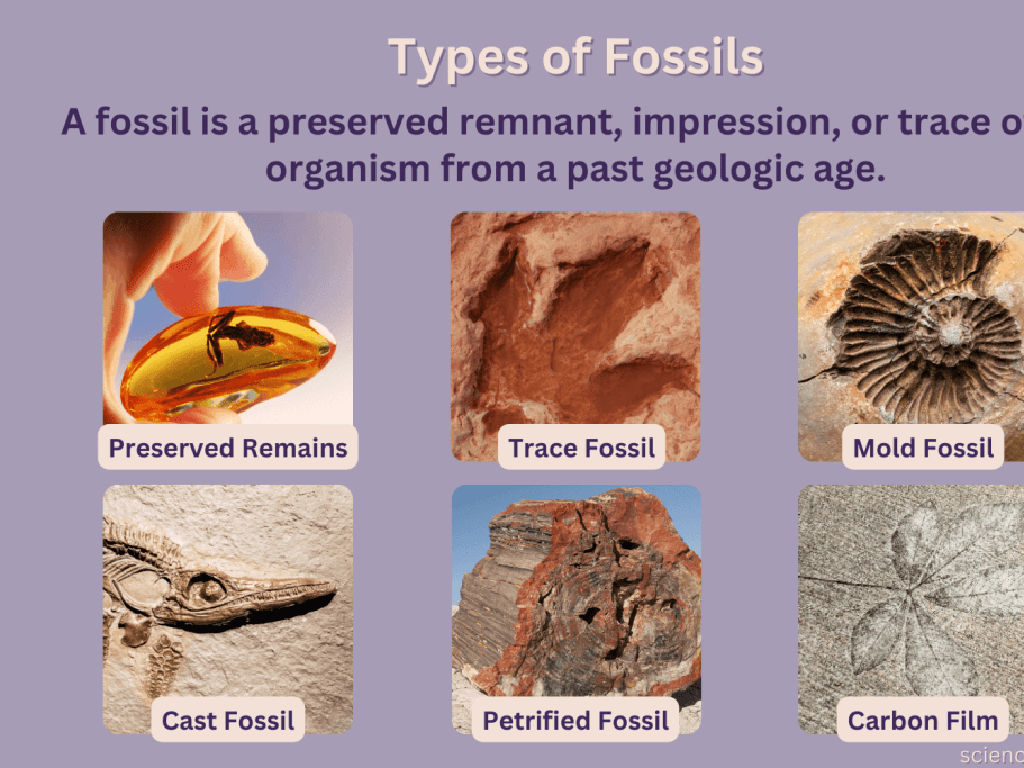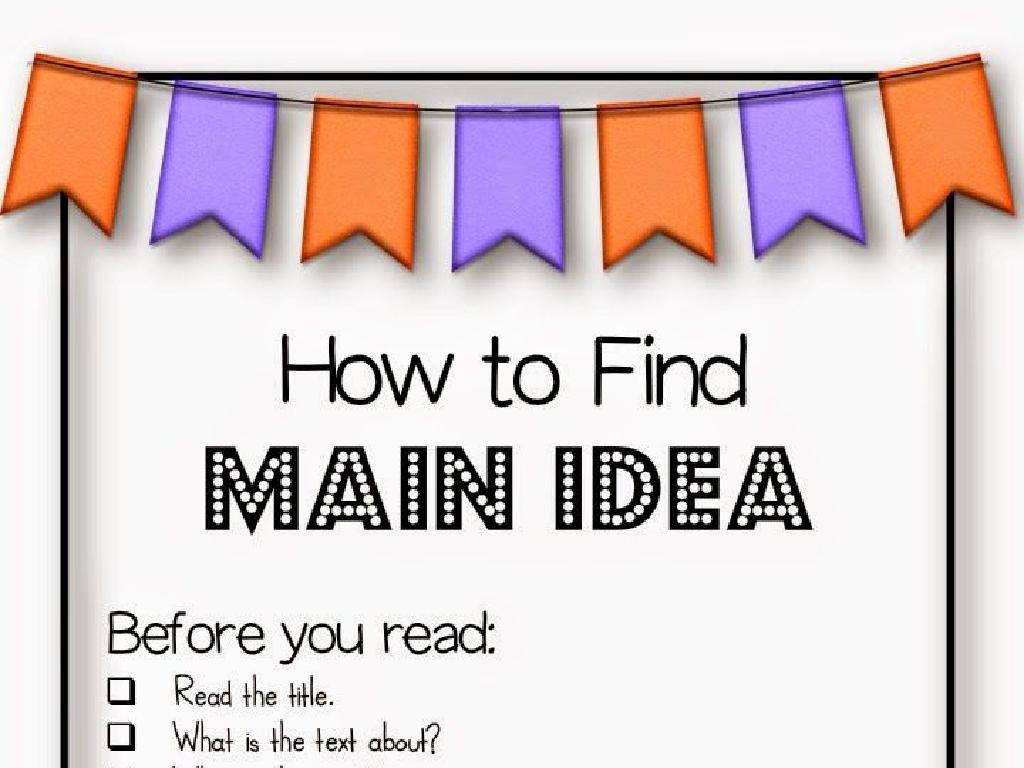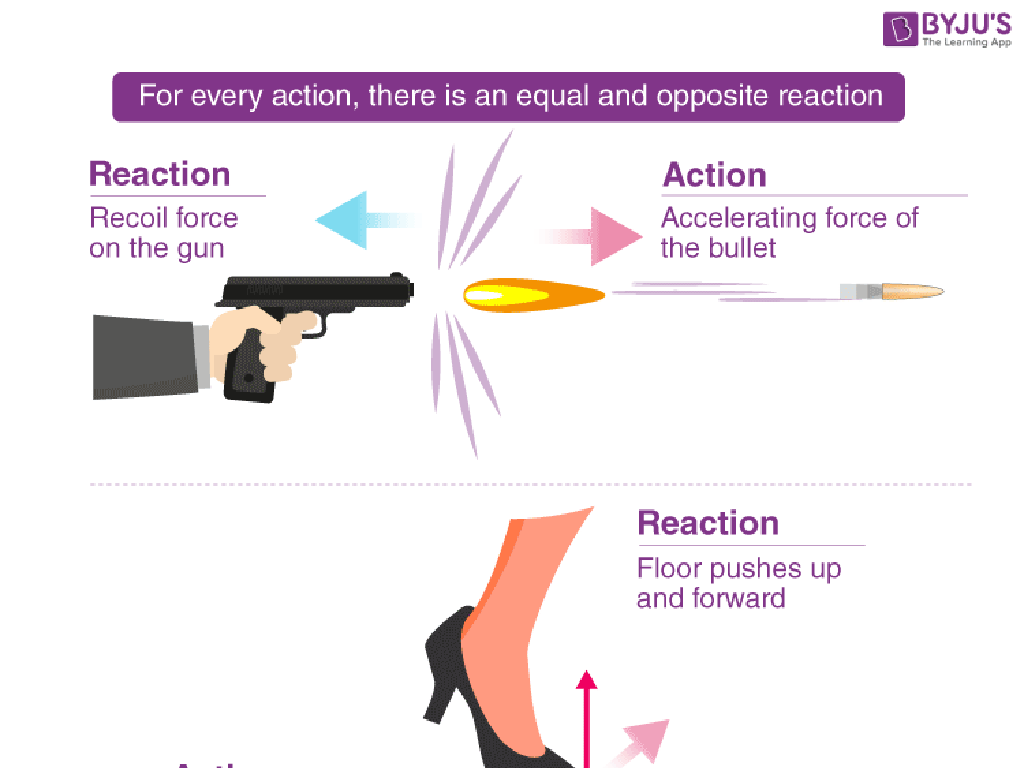Model And Write Addition And Subtraction Sentences For Word Problems
Subject: Math
Grade: Kindergarten
Topic: Mixed Operation Word Problems
Summary: This Kindergarten math lesson introduces young learners to solving mixed operation word problems using addition and subtraction. Students become "Math Detectives" by modeling problems with fingers, toys, drawings, and stories to build number sense. Through interactive activities and relatable examples, they learn to write simple math sentences using the plus (+) and minus (-) signs. Engaging storytelling, hands-on modeling, and class collaboration make this lesson effective and fun for early math learners.
Please LOG IN to download the presentation. Access is available to registered users only.
View More Content
Math Adventures: Adding & Subtracting
– Learn to add and take away
– Become Math Detectives
– We’ll investigate numbers like detectives
– Solve fun word problems
– We’ll read stories and find answers using math
– Use fingers, objects, drawings
– Counting with hands, using toys, or drawing pictures helps us understand
|
This slide is designed to introduce Kindergarten students to the concept of addition and subtraction through interactive and engaging activities. Encourage the students to approach word problems like detectives, looking for clues to solve them. Use simple language to explain that adding is putting together and subtracting is taking away. Provide various examples of word problems and guide the students to use their fingers, classroom objects, or drawings to find the solutions. This hands-on approach helps young learners grasp the concepts more effectively. Prepare to assist them in counting and ensure that each child is following along and participating in the activities.
Understanding Word Problems
– Word problems are math stories
– Find out what the story asks
– What is the problem to solve? Look for clues!
– Solve stories using math
– Use ‘+’ to add, ‘-‘ to take away
– Practice with addition and subtraction
– Example: 3 apples + 2 apples, or 5 candies – 2 candies
|
This slide introduces kindergarteners to the concept of word problems as stories that require a mathematical solution. Emphasize that word problems are like puzzles where we use clues to decide if we need to add or subtract. Provide simple, relatable examples such as combining or separating objects they are familiar with, like apples or candies. Encourage students to look for keywords that indicate addition, such as ‘altogether’ or ‘in total,’ and subtraction, such as ‘left’ or ‘fewer than.’ During the class, engage students with story-based problems that they can act out or visualize to better understand the concept of addition and subtraction in a narrative context.
Understanding Addition in Word Problems
– Addition combines things
– Like combining 2 toy cars with 3 more
– We add to find totals
– If you have 2 candies and get 3 more, how many now?
– Example: Adding apples
– 2 apples + 3 apples, how many in all?
– Practice with real objects
– Use toys or snacks to make it fun!
|
This slide introduces the concept of addition to Kindergarten students by relating it to their everyday experiences, like combining toys or snacks. Start by explaining that addition is simply putting things together to find out how many items there are in total. Use the example of apples to show how numbers can be combined to find a sum. Encourage students to practice with real objects, which helps them to visualize the concept better. During the class, provide various items for the students to physically combine, reinforcing the idea of addition as a way of finding out ‘how many in all’.
Understanding Subtraction
– Subtraction means taking away
– We subtract to find what’s left
– Example: 5 – 2 oranges
– Starting with 5 oranges, if we take 2 away
– How many oranges are left?
– Think: If you have 5 toys and give 2 away
|
This slide introduces the concept of subtraction to Kindergarten students. Subtraction is explained as the process of taking some items away from a group and finding out how many items remain. Use tangible examples like oranges or toys, which are relatable to the students. The example provided uses oranges to create a visual and practical understanding of subtraction. Encourage the students to visualize the action of removing oranges and counting what’s left. During the class, use physical objects like counters or fruit to demonstrate subtraction in real-time, allowing students to engage with the concept hands-on. Ask guiding questions to help them think through the process and arrive at the answer independently.
Modeling Math Stories with Objects
– Use objects to model stories
– Adding objects means addition
– If we have 3 blocks and add 2 more, we now have 5 blocks.
– Removing objects means subtraction
– If we start with 5 counters and take away 2, we have 3 counters left.
– Practice with real examples
|
This slide is aimed at helping Kindergarten students understand the concepts of addition and subtraction through tangible objects like blocks or counters. By physically adding or removing items, students can visually see the result of each operation, which reinforces their understanding of math stories. Encourage students to bring their favorite small toys to use as counters. As an activity, present simple word problems and ask students to model the problem with their objects. For example, ‘If you have 4 toy cars and get 2 more for your birthday, how many do you have now?’ or ‘You have 5 candies, and you give 2 to your friend, how many do you have left?’ These activities will help them grasp the concept of addition and subtraction in a fun and interactive way.
Creating Math Sentences from Stories
– Math sentences show stories with numbers
– The plus sign (+) means we add together
– If you have 2 apples and get 3 more, we write 2 + 3.
– The minus sign (-) means we take away
– If you have 5 candies and give 2 away, we write 5 – 2.
– Practice with fun word problems
|
This slide introduces the concept of translating stories into mathematical sentences using addition and subtraction for Kindergarten students. Start by explaining that math sentences are like stories we tell with numbers and symbols. Clarify the meaning of the plus sign (+) and the minus sign (-) with simple examples. Use relatable items like apples and candies to illustrate these concepts. For the activity, provide a variety of word problems that require students to write math sentences. Encourage them to use objects or drawings to visualize the problems. Possible activities include using counters, drawing pictures, or acting out scenarios to help them understand the concept of adding to and taking away.
Let’s Practice Together: Adding & Subtracting
– Starting with 3 balloons, then getting 2 more
– How many balloons do we have in total?
– Having 5 cookies, eating 2 of them
– How many cookies are left after eating some?
|
This slide is an interactive class activity designed to help Kindergarten students practice addition and subtraction through word problems. For the first problem, guide the students to visualize having three balloons and then receiving two more, prompting them to count up to the total. For the second problem, present the scenario of starting with five cookies and eating two, encouraging the students to subtract to find out how many are left. Use props or images if possible to make the activity more engaging. Possible activities include using actual balloons and cookies (or representations of them) to physically add or subtract items, drawing the scenarios on the board, or having students act out the problems. The goal is to make the math concepts tangible and relatable for young learners.
Creating Math Stories: Addition & Subtraction
– Make your own math story
– Think about adding or taking away
– Imagine you have 3 apples and get 2 more. How many now?
– Write a sentence for your story
– ‘I had 4 cookies and ate 1. Now I have 3 cookies.’
– Draw a picture to illustrate
– Your drawing shows the math in action!
|
This slide is designed to engage Kindergarten students in creating their own word problems, fostering a deeper understanding of addition and subtraction. Encourage them to think about scenarios from their daily lives where they add to or take away items. Guide them to write a simple sentence that describes their story, and then draw a picture to represent the math problem visually. This activity helps them connect math concepts to real-world situations and enhances their comprehension through creativity. For the teacher: Prepare to offer examples and assist students in crafting their sentences. Have materials ready for drawing, and consider pairing students to discuss their ideas.
Class Activity: Math Story Time
– Share your math story in a circle
– Solve stories as a class
– Enjoy math with friends
– Learn addition and subtraction
– Use stories to practice writing math sentences
|
This activity is designed to make learning math a social and enjoyable experience for Kindergarten students. By sitting in a circle and sharing math stories, students will engage in a collaborative learning process. The teacher should facilitate the activity by helping the class to solve each math story together, ensuring that each child understands the process of modeling and writing addition and subtraction sentences. Encourage the children to see math as a fun activity that they can do with their friends. Prepare a few simple word problems in advance that involve basic addition and subtraction to guide the activity if needed. Possible variations of the activity could include using props, drawing the problems, or acting them out to enhance understanding and engagement.




